
 Dynapac’s equipment at work on the Salwa Road expansion.
Dynapac’s equipment at work on the Salwa Road expansion.
United Engineers (Malaysia) Berhad (UEM), which is currently expanding the main Salwa Road into a dual four-lane motorway, has purpose-ordered a fleet of Dynapac road surfacing equipment for the project.
The expansion of the road between Doha and the border to Saudi Arabia – which carries an ever-increasing density of traffic – has been discussed for some time, and was eventually launched in December 2003 with Malaysia’s UEM being appointed as main contractor for the 30-month contract.The 80-km motorway project includes 11 major bridges with interchanges and access roads, camel and other animal underpasses, plus a number of petrol and gas pipe underpasses.
For the highway surface work, UEM purpose-ordered a fleet of equipment from Dynapac’s local distributor, Darwish Trading. It included two Demag 145CS asphalt pavers, five Dynapac CC422, two CC222 compaction rollers and seven Dynapac CP221 rubber-tyred rollers to complement the existing Dynapac fleet.
UEM has approximately 1,000 staff engaged on the project. “We have two regular teams working simultaneously with the asphalt paving,” says Hamdan Talib, UEM’s construction manager pavement, “To handle this large project, we decided on Dynapac equipment, as we have a very good track record and experience from previous projects.”
Talib continues: “We have a total of 24 Dynapac units – with 19 units currently working on the Salwa Road project.”
They include the two new Demag 145CS pavers, two reconditioned DF 140C pavers, six Dynapac CA250 single drum soil compactors, nine Dynapac CP221 tyre rollers and eight Dynapac CC422 vibratory tandem rollers.
The motorway asphalt pavement is laid with three base course layers and a single top layer. In total, over the four layers, 70 to 80 cm of asphalt is being paved on the eight lanes. The top layer, laid with a 6.5 cm thickness, is compacted to 5 cm.
“For maximum resistance to wear we mix all the layers with gabbro, in a 20 mm fraction, imported from Fujairah in the UAE,” says Talib.
The two teams each lay 2,000 to 3,000 tonnes per day. With the four-lane carriageway being 19 m wide, paving is carried out in two passes, each 9.5 m wide using the Demag 145CS pavers.
The Demag 145CS is characterised by its reliability and versatility and features a Cummins 153 kW (208hp) engine driving the hydrostatic drive system. The unit has a basic width of 2,500 mm and a hopper capacity of 6.4 cu m/14 tonnes. It can be equipped with screeds up to a 13 m working width.
To achieve the specified 97 per cent compaction grade, the Dynapac CC422s make two vibratory passes followed by two static passes. The rubber-tyred CP221s are then used for finishing with up to 10 to 12 passes.
The Dynapac CC422 tandem asphalt roller is a 1.5 tonne-class model, which has a capacity to pave up to 1,800 cu m/h. It features a drum width of 1,680 mm and is powered by a Cummins 4BTAA diesel engine rated at 93 kW.
“The Dynapac machines are running approximately 1,600 hours a year,” says Mr Yap, service manager at UEM. “We have our own service-team of five people regularly servicing the machines.”
UEM, major Malaysian-based conglomerate, develops infrastructure and services in six core industries: expressways, engineering and construction, healthcare, environmental services, property, manufacturing and information, communications and technology.






.jpg)
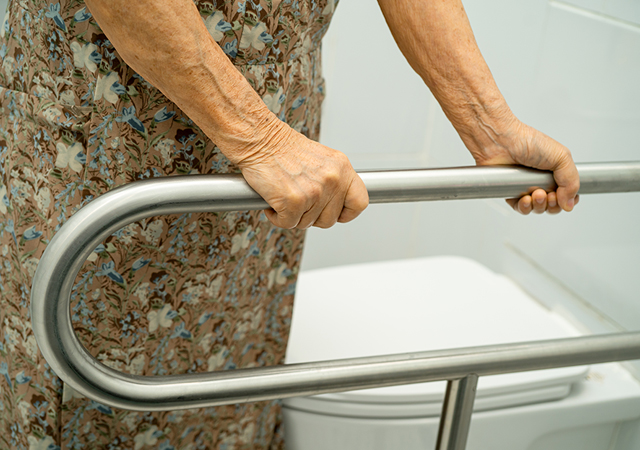





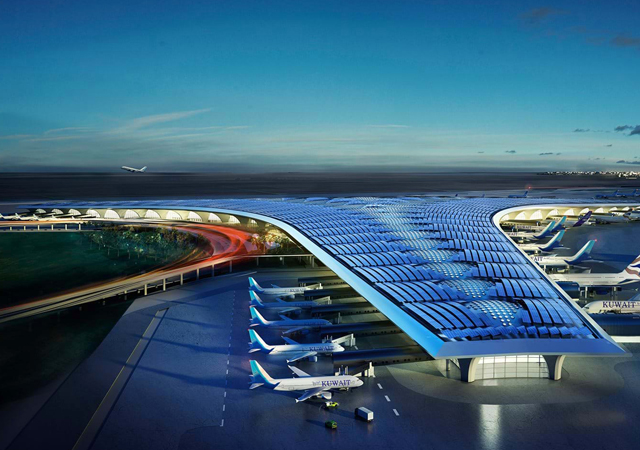
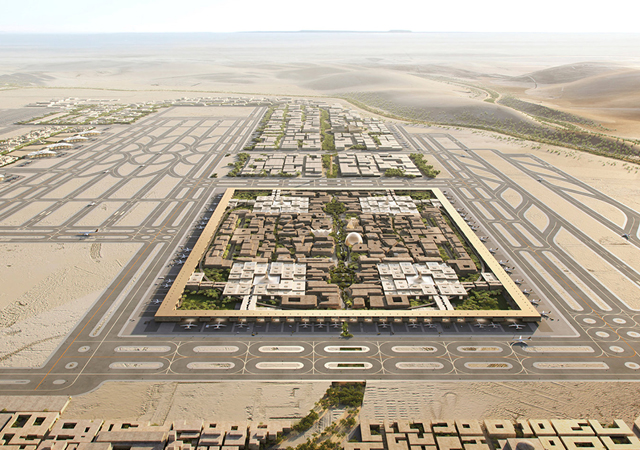
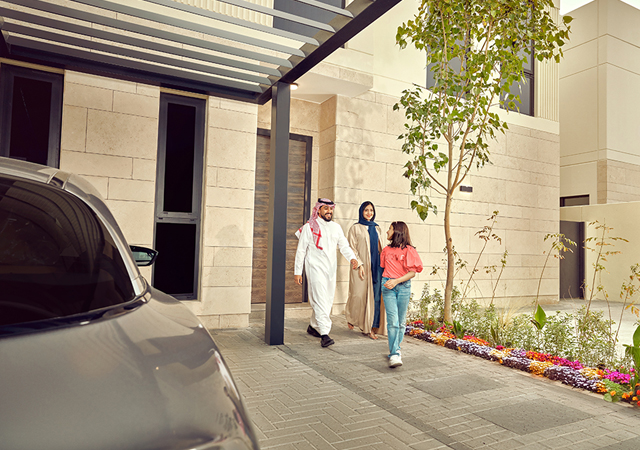
.jpg)

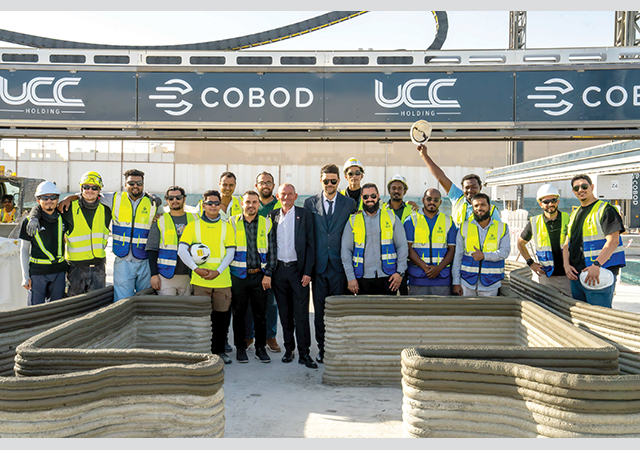
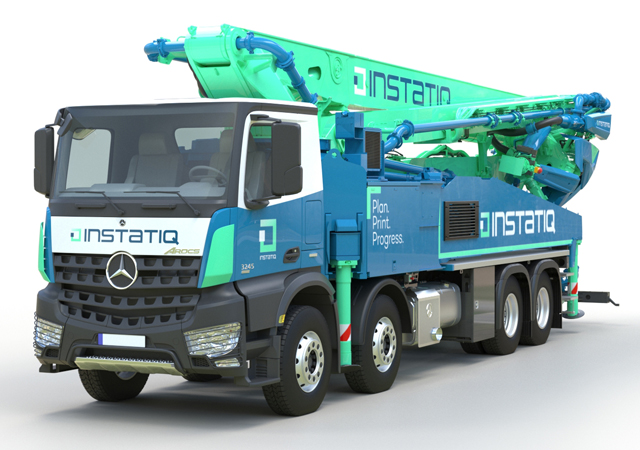

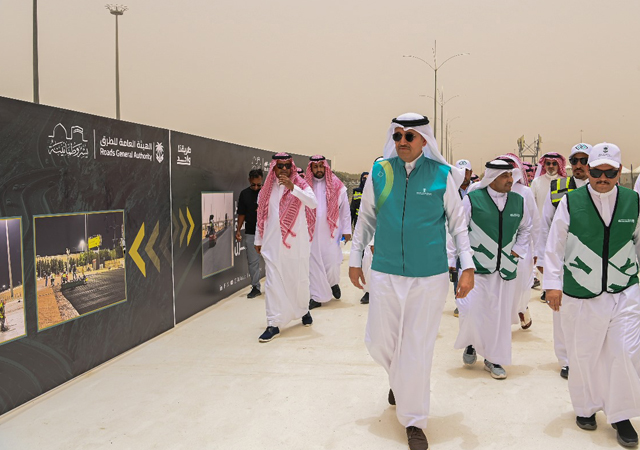
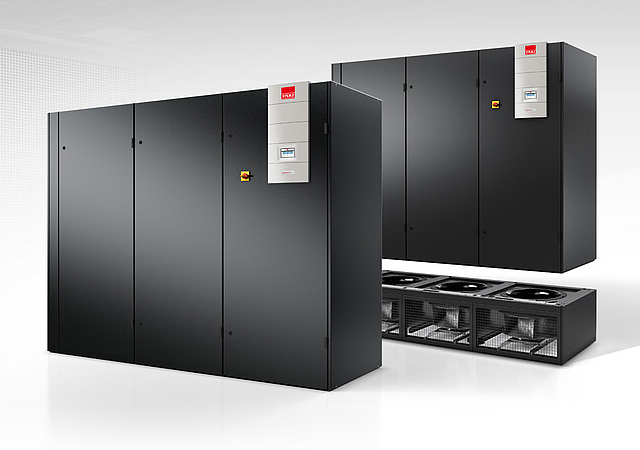
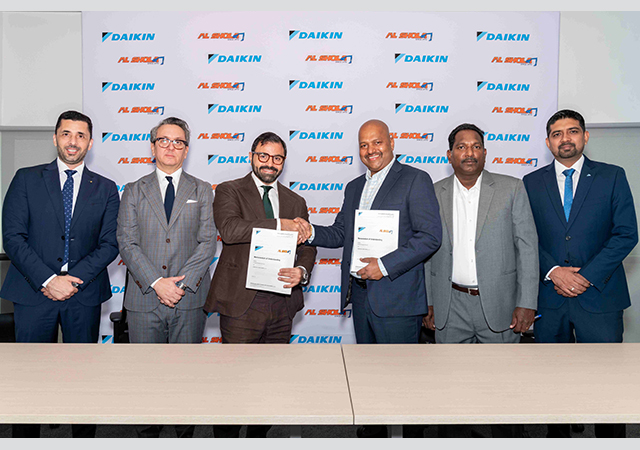

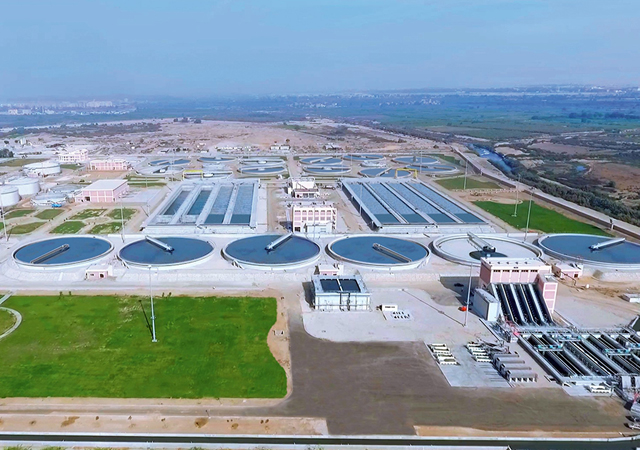




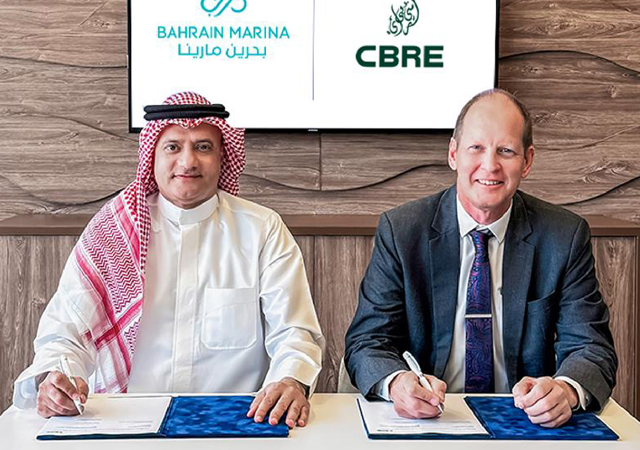
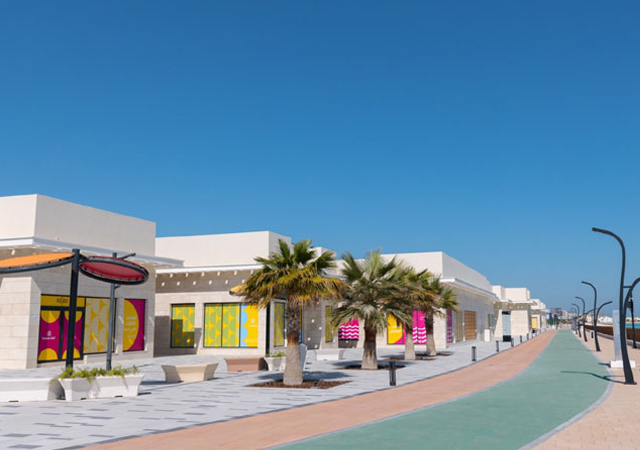
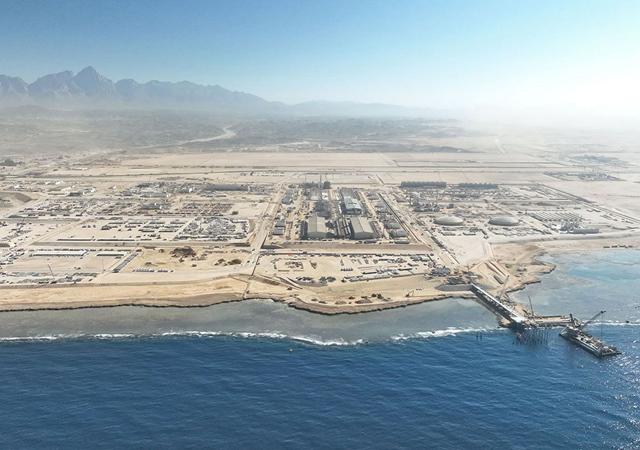
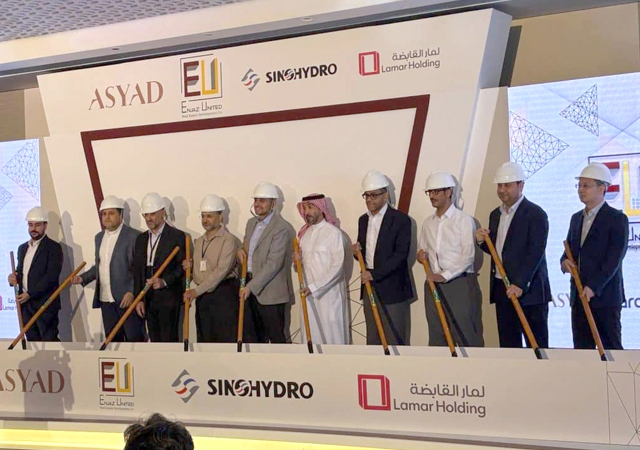

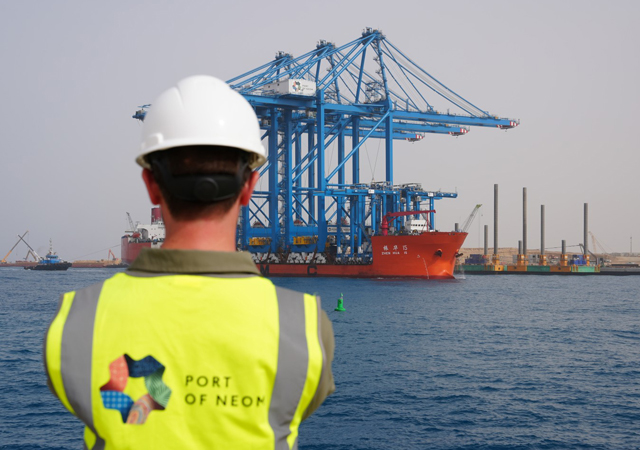

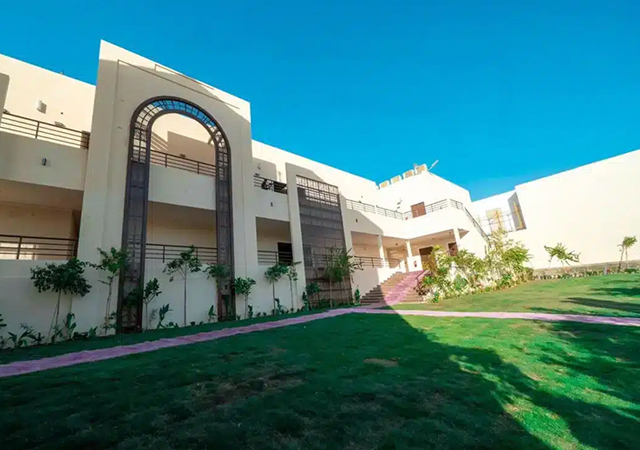

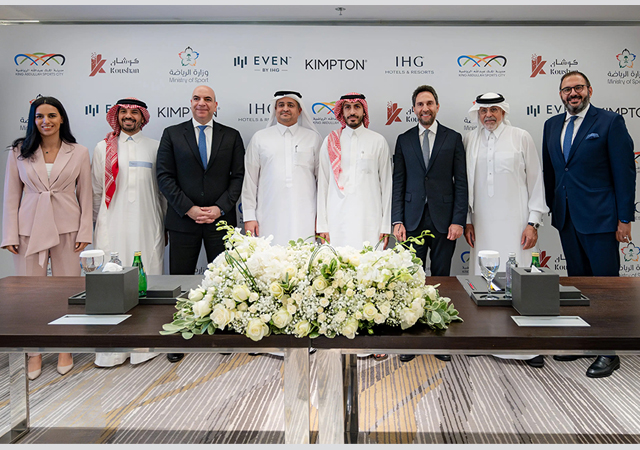
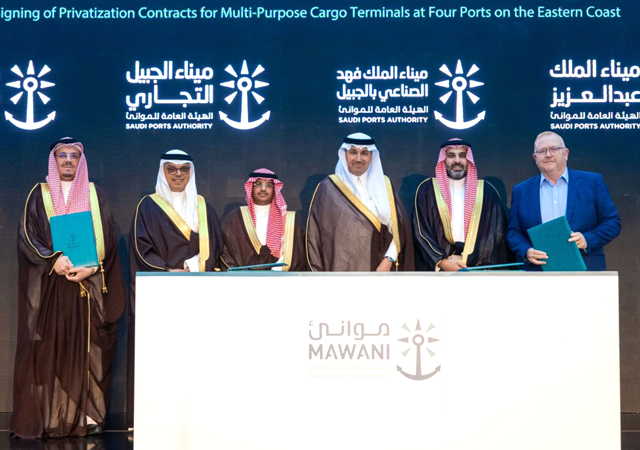






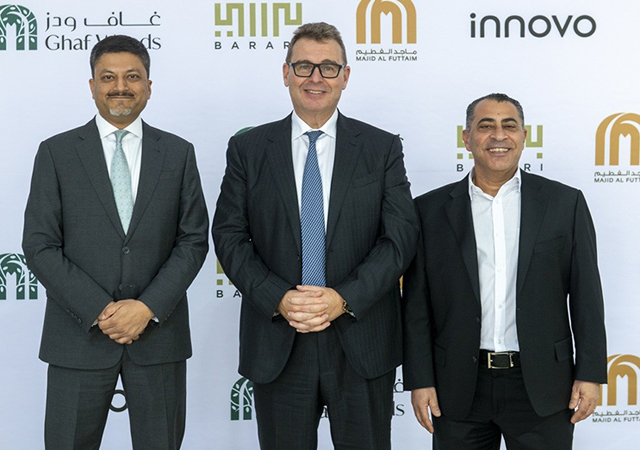
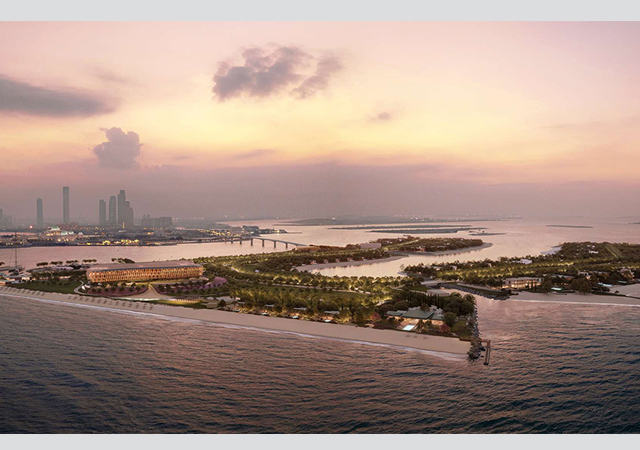
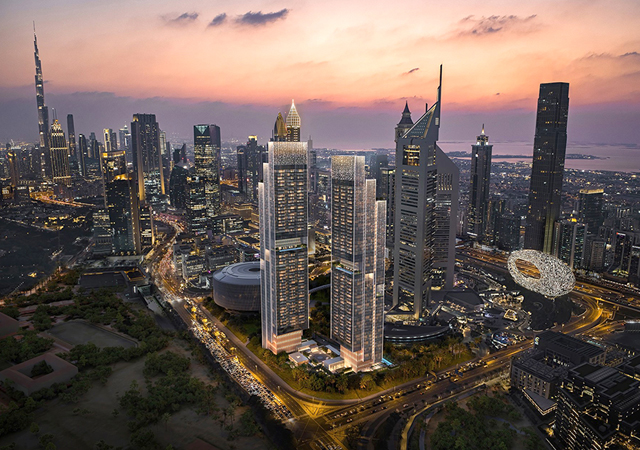



.jpg)











